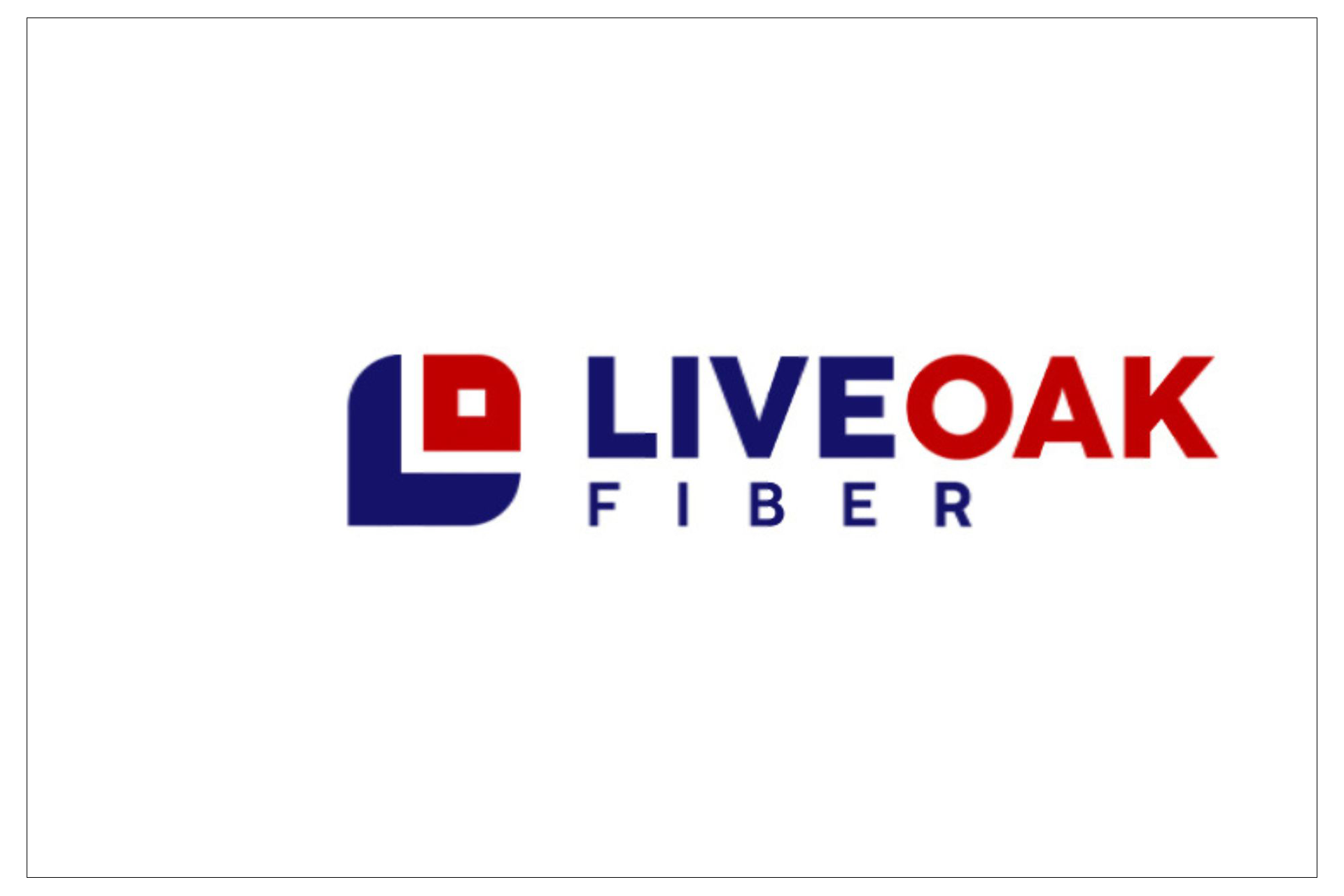
Arizona State University Digital Transformation with Drupal Migration and Redesign
Client:
Arizona State UniversityIndustry:
EducationDelivery:
Migrating to an updated version of Drupal along with a redesignImpact:
40% Faster Page Load Times 98% Accessibility Score 60% Reduction in Support Requests Improved SEO RankingsBackground:
Arizona State University (ASU), a leader in innovation and education, has consistently aimed to provide top-notch digital experiences for students, faculty, and visitors. As one of the largest public universities in the United States, ASU hosts hundreds of websites serving diverse departments, research centers, and academic programs. Over time, their legacy web infrastructure, built on an outdated version of Drupal, began to show its limitations—both in performance and user experience.
Recognizing the need to modernize, ASU embarked on a large-scale digital transformation. The goal: migrate to the latest version of Drupal and simultaneously redesign the website ecosystem to reflect their progressive brand, improve accessibility, and enable better content governance.
Challenge:
ASU digital team laid out a clear roadmap and set of requirements:
- Migrate to the Latest Stable Version of Drupal (Drupal 10): Ensuring long-term support, improved security, and modern development capabilities.
- Redesign the Entire Digital Experience: Create a consistent, responsive, and accessible design system that reflects ASU commitment to innovation.
- Simplify Content Management: Enable content editors with a user-friendly backend experience, allowing faster content updates without needing technical assistance.
- Ensure Accessibility Compliance (WCAG 2.1 AA): As a public university, ASU needed to meet legal and ethical accessibility standards.
- Centralize Governance with Flexibility: Maintain consistent branding and structure while giving individual departments enough freedom to manage their content.
- Improve Site Performance and SEO: Reduce page load times, optimize for search engines, and enhance mobile experience.
Objectives:
REQUIREMENTS
ASU digital team laid out a clear roadmap and set of requirements:
- Migrate to the Latest Stable Version of Drupal (Drupal 10): Ensuring long-term support, improved security, and modern development capabilities.
- Redesign the Entire Digital Experience: Create a consistent, responsive, and accessible design system that reflects ASU commitment to innovation.
- Simplify Content Management: Enable content editors with a user-friendly backend experience, allowing faster content updates without needing technical assistance.
- Ensure Accessibility Compliance (WCAG 2.1 AA): As a public university, ASU needed to meet legal and ethical accessibility standards.
- Centralize Governance with Flexibility: Maintain consistent branding and structure while giving individual departments enough freedom to manage their content.
- Improve Site Performance and SEO: Reduce page load times, optimize for search engines, and enhance mobile experience.
Solution:
The university assembled a cross-functional team comprising internal developers, design leads, accessibility experts, and an external Drupal agency specializing in large-scale migrations. The entire project was broken into phased sprints to ensure smooth execution and minimize disruption.
1.Migration to Drupal 10
The team began by auditing all existing websites to identify reusable content, critical features, and redundant pages. Using a combination of automated and manual migration tools, they migrated thousands of nodes, media files, users, and taxonomy terms into a fresh Drupal 10 environment.
Custom migration scripts were built for complex content types and legacy fields. A parallel environment was created for testing and stakeholder approvals, ensuring that nothing went live without validation.
2.Modular Design System
In parallel with the migration, ASU design team developed a modern, component-based design system. Built with accessibility in mind, the system provided reusable templates for common page types (landing pages, program listings, news, events, etc.). This modular approach meant every department could use the same building blocks while preserving their unique content and priorities.
The frontend was built using the latest web standards with responsive grids, semantic HTML5, and ARIA roles to ensure compatibility across devices and assistive technologies.
3.Streamlined Editor Experience
One of the biggest improvements was in the editorial experience. Using Layout Builder and customized WYSIWYG interfaces, editors could now drag-and-drop components and preview changes in real-time. Training sessions and documentation were provided to over 100 content managers across the university.
Additionally, a permissions-based workflow was introduced to allow granular access controls and editorial review processes.
4.Performance and SEO Optimization
To boost performance, the new Drupal architecture leveraged advanced caching, lazy loading, image optimization, and CDN integration. Technical SEO enhancements included automated meta tagging, XML sitemaps, schema markup, and breadcrumb trails—all dynamically managed within Drupal.
5.Accessibility Enhancements
Accessibility testing was integrated into every sprint. Tools like Axe and WAVE were used alongside manual audits. All interactive components were tested for keyboard navigation, screen reader compatibility, and color contrast. This ongoing commitment helped ASU ensure their site met WCAG 2.1 AA standards.
Results:
After months of planning, testing, and collaboration, the new ASU digital platform was launched successfully—on time and within budget. The impact was immediate and measurable:
- 40% Faster Page Load Times: Thanks to optimized frontend assets and caching strategies.
- 98% Accessibility Score: Confirmed through audits and third-party tools, ensuring inclusivity.
- Consistent Branding Across 200+ Sites: The design system created a cohesive look and feel, elevating the university digital identity.
- 60% Reduction in Support Requests: With a more intuitive backend and well-trained content editors, the IT team reported fewer content-related support tickets.
- Improved SEO Rankings: Key academic and research pages saw an average 30% improvement in organic search visibility within three months of launch.
Benefits:
ASU migration and redesign wasn’t just a technical upgrade—it was a transformation in how the university connects with its community. Some of the long-term benefits include:
- Future-Proof Architecture: Drupal 10 ensures continued security updates, modern development practices, and community support.
- Empowered Content Teams: Editors can now manage and launch content independently, increasing agility and responsiveness.
- Greater Student Engagement: With better navigation, mobile experience, and accessibility, users are staying longer and finding information faster.
- Operational Efficiency: Centralized governance reduces duplication of effort while allowing individual departments to stay nimble.
- Enhanced Reputation: A polished, modern digital presence reinforces ASU brand as a top-tier, forward-thinking institution.





